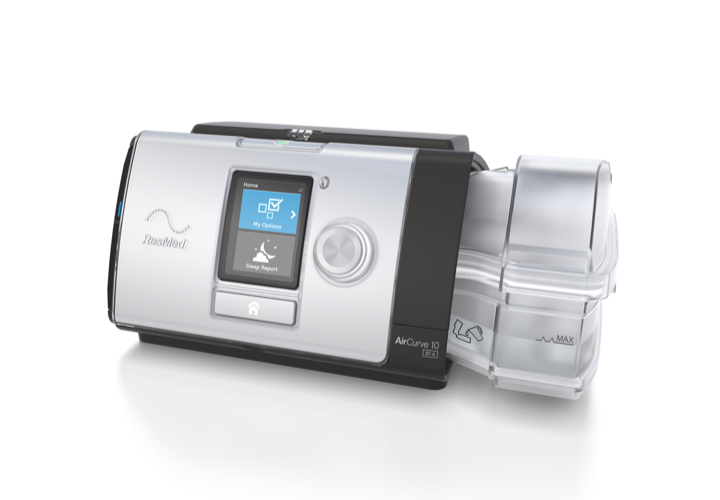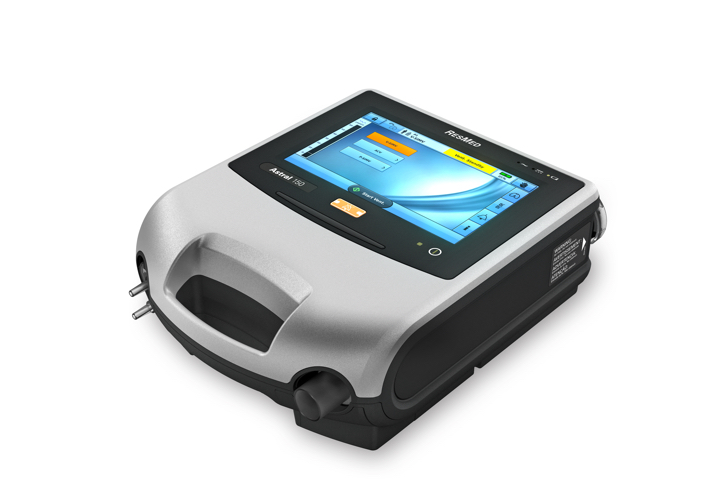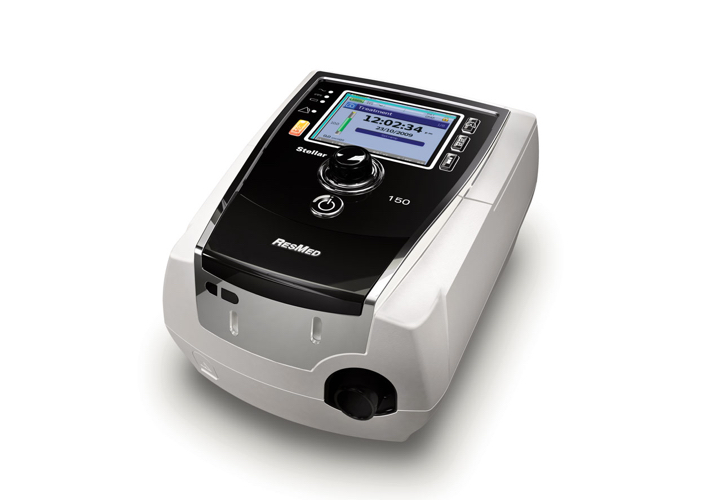Respiratory diseases and conditions, also known as pulmonary disorders, lung disorders and lung diseases, make the act of breathing more difficult.
Scroll down to learn about common respiratory conditions and their causes.
Chronic obstructive pulmonary disease (COPD) is an umbrella term for a group of progressive lung conditions including chronic bronchitis and emphysema. COPD causes narrowing of the bronchial tubes in the lungs (sometimes called bronchi or airways) or damage to the air sacs in the lungs.
Symptoms of COPD include frequent coughing, increased shortness of breath, wheezing and tightness in the chest. 1 Source: “COPD symptoms and causes,” Mayo Clinic, updated August 11, 2017, https://www.mayoclinic.org/diseases-conditions/copd/symptoms-causes/syc-20353679. While COPD is a progressive and (currently) incurable disease, with the right diagnosis and treatment there are many things you can do to manage your condition and breathe better, including medications, oxygen therapy and non-invasive ventilation (NIV).
Learn more about how to treat COPD with mechanical ventilationRestrictive lung disease is a term used to describe a condition that makes it difficult to inhale (take a full breath). This can be due to the lungs losing their elasticity or a problem with the chest wall moving during inhalation. 2 Source: “Restrictive lung disease,” Johns Hopkins Medicine, accessed May 2, 2019, https://www.hopkinsmedicine.org/health/conditions-and-diseases/restrictive-lung-disease.
The most common restrictive lung disorders include pulmonary fibrosis and interstitial lung disease (ILD). Other conditions such as sarcoidosis, scoliosis and some forms of neuromuscular disease (NMD) such as amyotrophic lateral sclerosis (ALS) can cause restrictive lung disease. If you have restrictive lung disease, you may experience increasing shortness of breath (including after minimal exertion), chronic cough, weight loss and fatigue. 3 Source: Pfeffer G, Povitz M. “Respiratory management of patients with neuromuscular disease: current perspectives,” Degenerative Neurological and Neuromuscular Disease, volume 6 (2016): 111-118, https://www.dovepress.com/respiratory-management-of-patients-with-neuromuscular-disease-current–peer-reviewed-article-DNND.
Treatment options vary based on the specific disease type. Oxygen therapy can be a treatment option, especially in pulmonary fibrosis and ILD to alleviate shortness of breath. 3 Source: Pfeffer G, Povitz M. “Respiratory management of patients with neuromuscular disease: current perspectives,” Degenerative Neurological and Neuromuscular Disease, volume 6 (2016): 111-118, https://www.dovepress.com/respiratory-management-of-patients-with-neuromuscular-disease-current–peer-reviewed-article-DNND.
Neuromuscular disease (NMD) is a broad term for a range of diseases and conditions that affect the nerves and muscles in the body. Some of the most common types of NMD include ALS, multiple sclerosis and muscular dystrophy. Neuromuscular disease may make it difficult to breathe due to muscles in the respiratory system weakening.
There is no cure for most NMDs, but there are many options to help treat the respiratory conditions that may result. Therapy options, including non-invasive ventilation, are available to help improve the work of breathing. 4 Source: “Restrictive lung disease: Facts you need to know,” Lung Institute, January 17, 2018, https://lunginstitute.com/blog/restrictive-lung-disease-facts/.
Obesity hypoventilation syndrome (OHS) is a breathing disorder that affects some people who have been diagnosed with obesity. If you have hypoventilation, it means your breathing is too shallow or too slow. Because your body needs to work harder to breathe, the respiratory system becomes exhausted and you will end up with too much carbon dioxide and too little oxygen in your blood.
Around 90% of people with OHS also have obstructive sleep apnea (OSA). 5Source: Raveendran R, et al, “Obesity hypoventilation syndrome, sleep apnea, overlap syndrome: perioperative management to prevent complications,” Curr Opin Anaesthesiol, 2017 Feb;30(1):146-155. If you have OHS, you might be experiencing shortness of breath, daytime sleepiness, fatigue, morning headaches and depression. 6 Source: “Obesity hypoventilation syndrome,” American Thoracic Society, 2014, https://www.thoracic.org/patients/patient-resources/resources/obesity-hypoventilation-syndrome.pdf. OHS can be treated with weight loss and some forms of ventilation, including a bilevel positive airway pressure machine at night, which is also designed to treat OSA.



Find out what your options are if you need mechanical ventilation.
You can still travel with a ventilator, it's all about planning ahead.
Source: “COPD symptoms and causes,” Mayo Clinic, updated August 11, 2017, https://www.mayoclinic.org/diseases-conditions/copd/symptoms-causes/syc-20353679.
Source: “COPD symptoms and causes,” Mayo Clinic, updated August 11, 2017, https://www.mayoclinic.org/diseases-conditions/copd/symptoms-causes/syc-20353679.
Source: “Restrictive lung disease,” Johns Hopkins Medicine, accessed May 2, 2019, https://www.hopkinsmedicine.org/health/conditions-and-diseases/restrictive-lung-disease.
Source: Pfeffer G, Povitz M. “Respiratory management of patients with neuromuscular disease: current perspectives,” Degenerative Neurological and Neuromuscular Disease, volume 6 (2016): 111-118, https://www.dovepress.com/respiratory-management-of-patients-with-neuromuscular-disease-current–peer-reviewed-article-DNND.
Source: “Restrictive lung disease: Facts you need to know,” Lung Institute, January 17, 2018, https://lunginstitute.com/blog/restrictive-lung-disease-facts/.
Source: Raveendran R, et al, “Obesity hypoventilation syndrome, sleep apnea, overlap syndrome: perioperative management to prevent complications,” Curr Opin Anaesthesiol, 2017 Feb;30(1):146-155.
Source: “Obesity hypoventilation syndrome,” American Thoracic Society, 2014, https://www.thoracic.org/patients/patient-resources/resources/obesity-hypoventilation-syndrome.pdf.